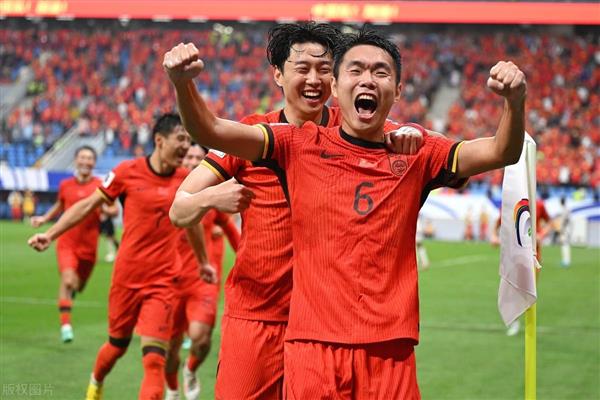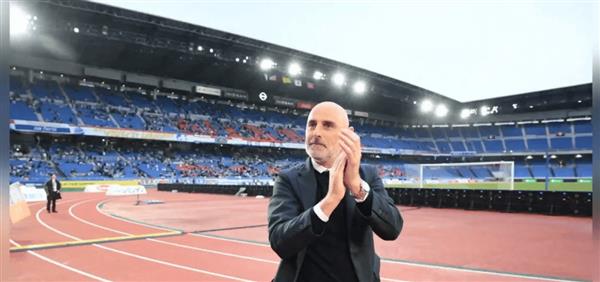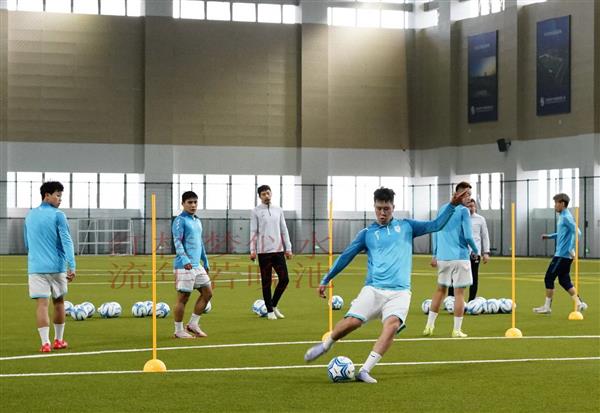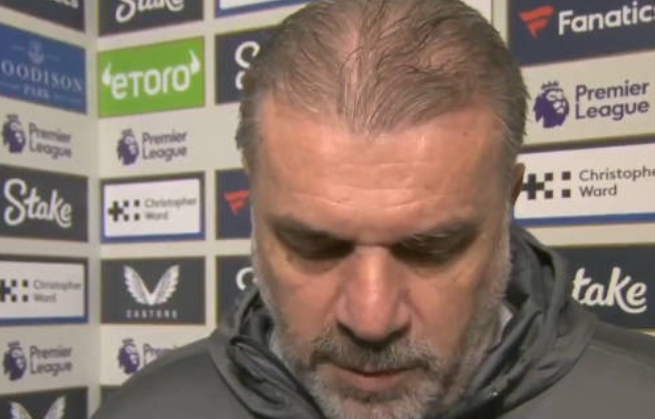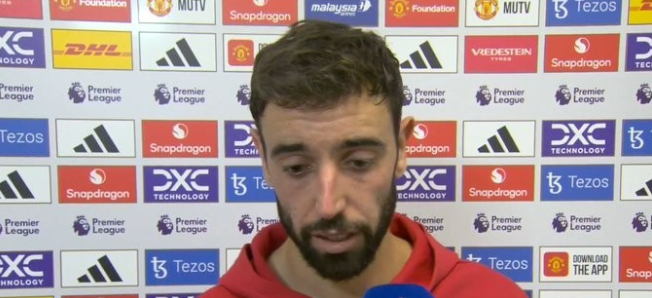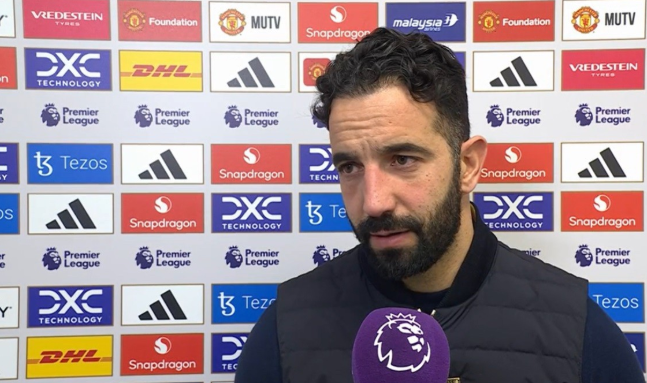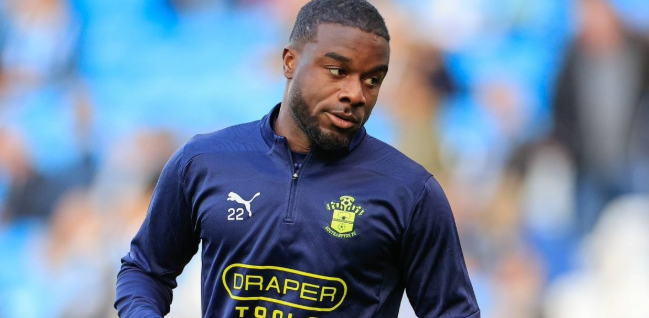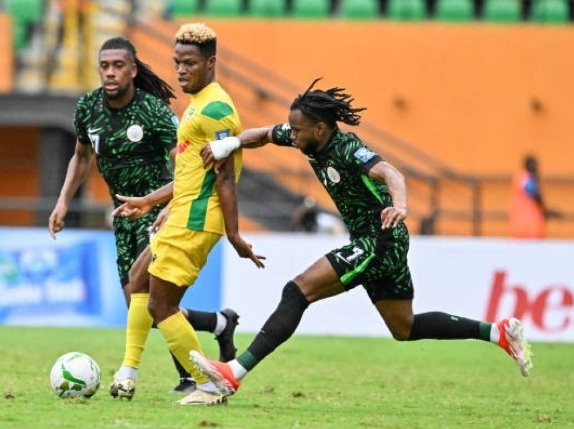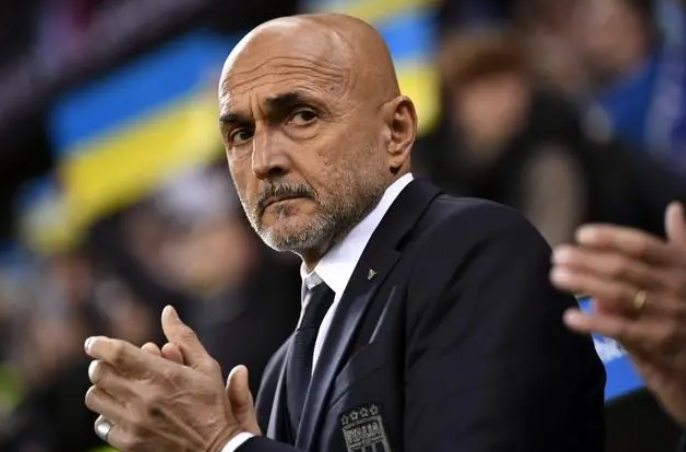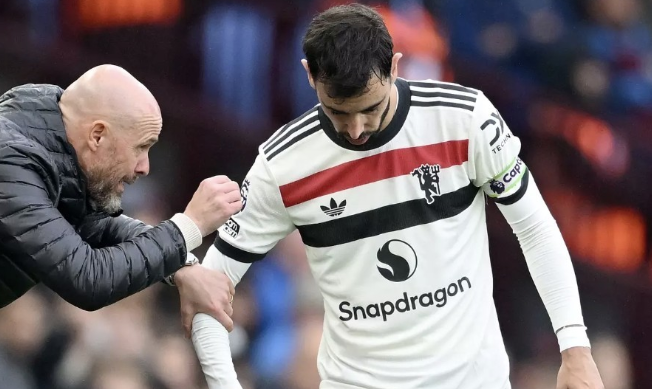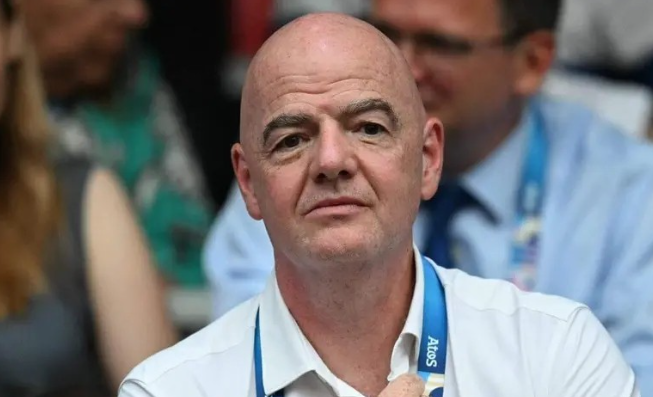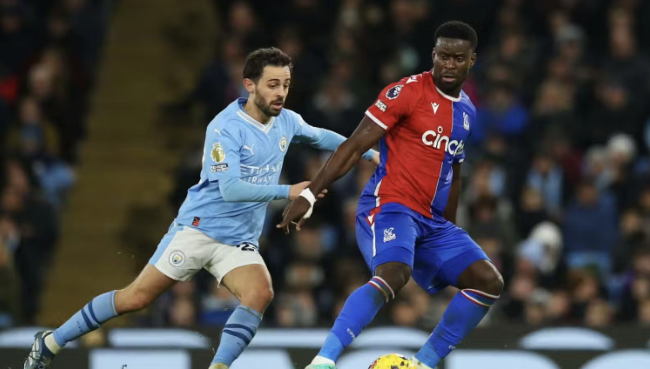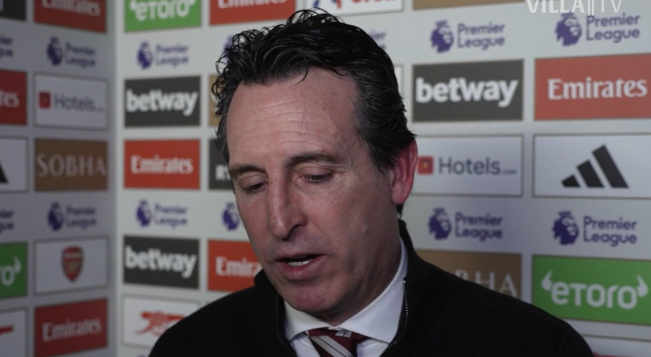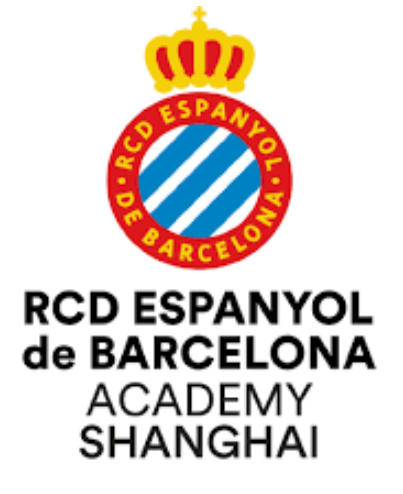
I. Royal
Spaniard
Team culture of soccer clubs
team badge
The first emblem of the Spanish team was derived from the initials of the club (Club Español de Fútbol) and was based on the design of the logo of the Spanish Gymnastics Association of 1897, which used red and yellow as its main colors. 1909 saw the creation of a new design by Eduard Corrons, which incorporated the white and blue stripes of Roger de Lluria, the great general of the Middle Ages, who had led the fleet of ships cruising the Mediterranean Sea in defense of Catalonia. In 1909 Eduard Corrons came up with a new design, incorporating into the logo the white and blue stripes of the great general Roger de Lluria, who had led the fleet to the Mediterranean in defense of Catalonia in the Middle Ages, and the initials were changed to the new name of the club, CDE (Club Deportivo Español). 1912 saw the club receive the award of a medal from the King of Spain.
Alfonso
The title "Royal" was conferred by XIII, and the use of the crown on the emblem began, and continues to be used today. 1998 saw the modernization and simplification of the details of the crown, as well as the modification of the width ratio of the white and blue stripes, and in 2005, after a slight modification of the colors and fonts, a new version of the emblem was created, which has been used to the present day.
team uniform
In the early days, the colors of the kit were yellow tops, black pants and black socks. 1901 saw the introduction of white tops, blue or black pants and blue socks. 1910 saw the club's board of directors decide to change the colors of the kits and the shields, with the team choosing a blue and white striped pattern in honor of Roger de Lluria, the great medieval admiral who led a fleet of ships that cruised the Mediterranean Sea in the defense of Catalonia. Lluria.For the 2014-15 season, Espanyol's home jerseys are spaced with blue and white vertical stripes, and the away jerseys are spaced with purple vertical stripes.
mascots
The origins of the Espanyol mascot can be traced back to weekly soccer reviews in the 1920s, when commentators used parrots to refer to the Espanyol fanbase. This impression continued to grow as the club's history progressed until the club's 75th anniversary celebrations, when Espanyol officially introduced the parrot as a mascot symbol. For the club's 100th anniversary, a modernized design of the parrot mascot was inaugurated, named Som-hi, with a white and blue tiger skin texture that mirrored the white and blue stripes of the team's uniforms and crest. The club later created a cartoon version of the parrot for print advertisements, and the image of Som-hi coming out of his cage was well received by fans.
Well, that's the end of the article, I hope this helps.

